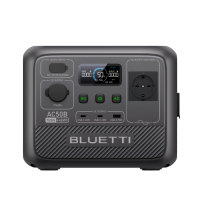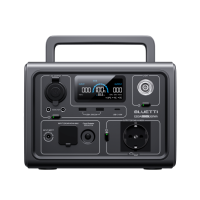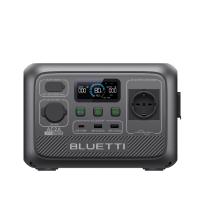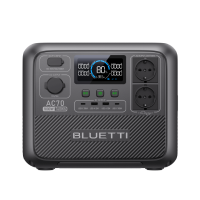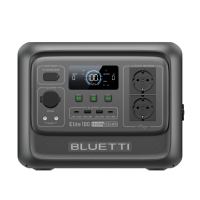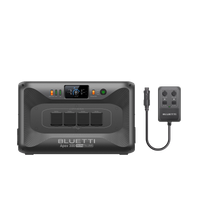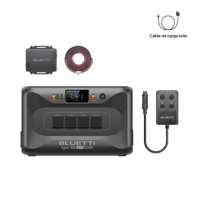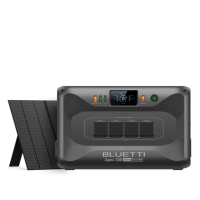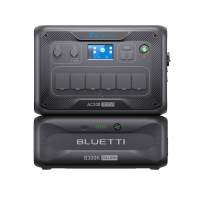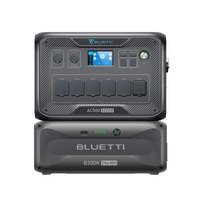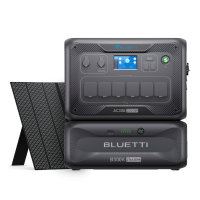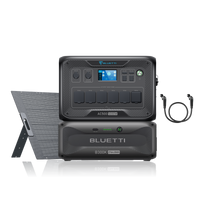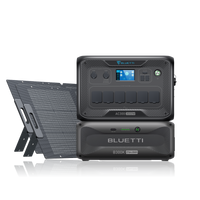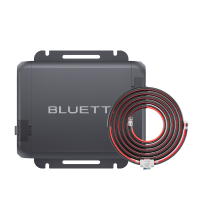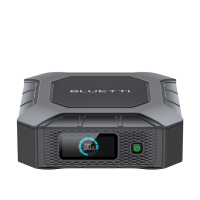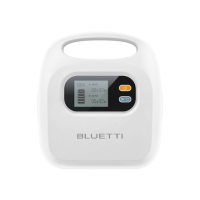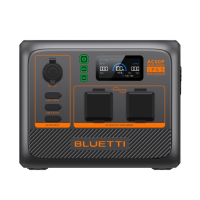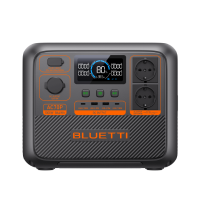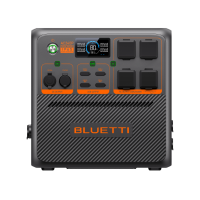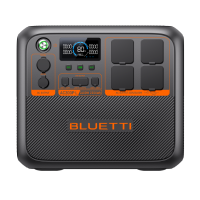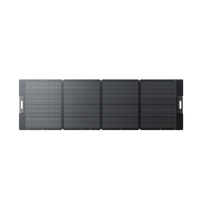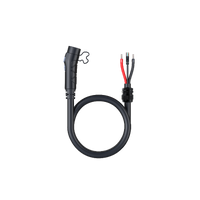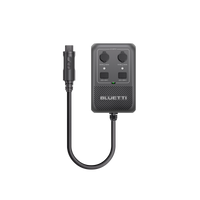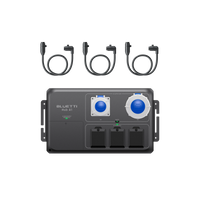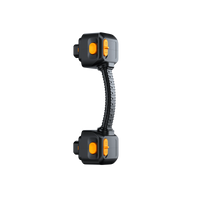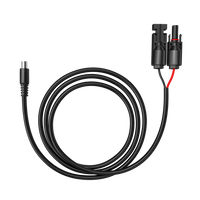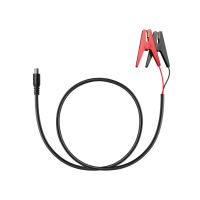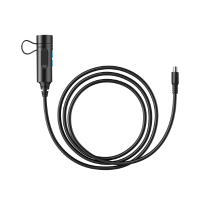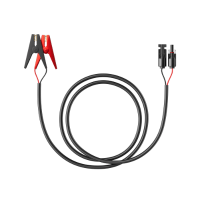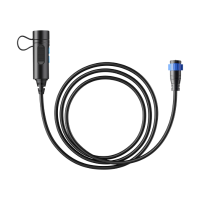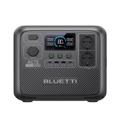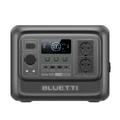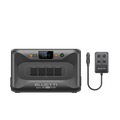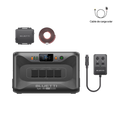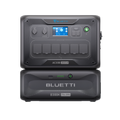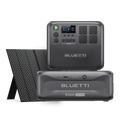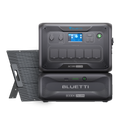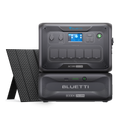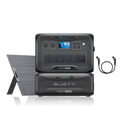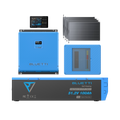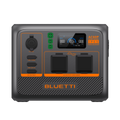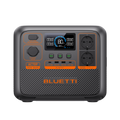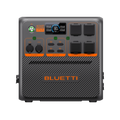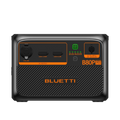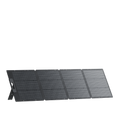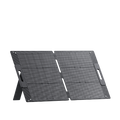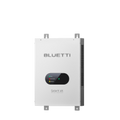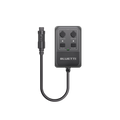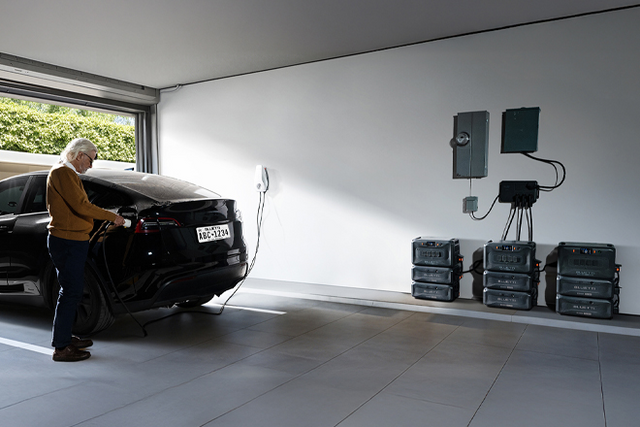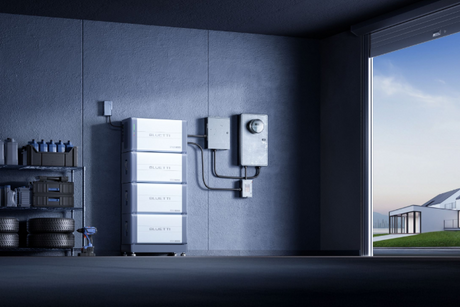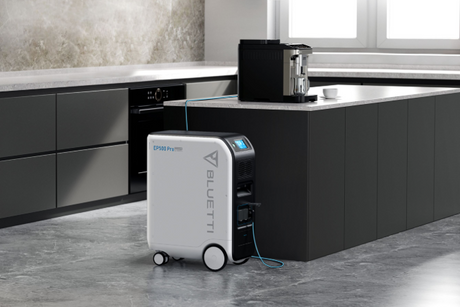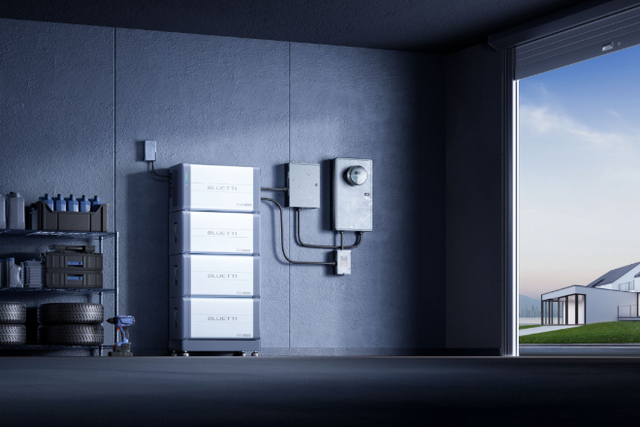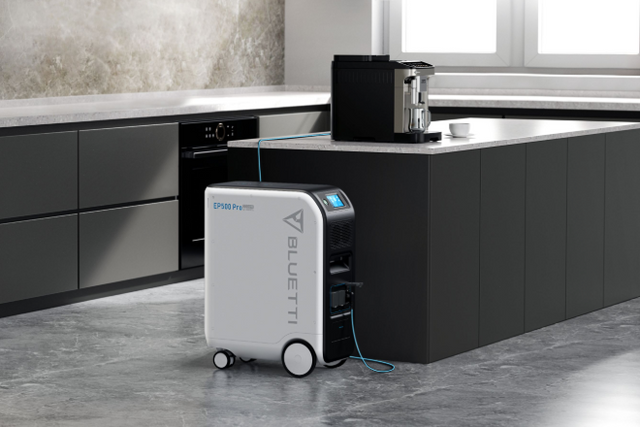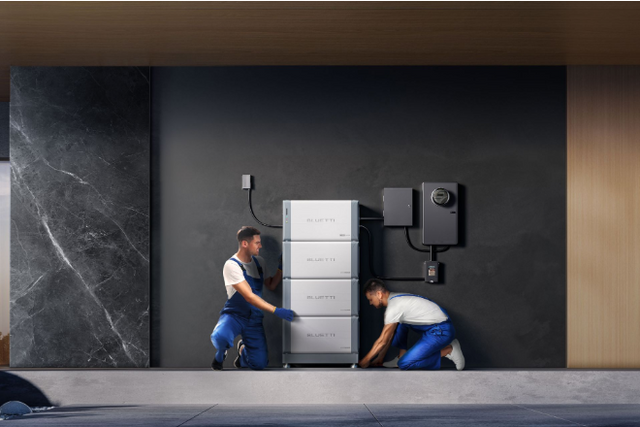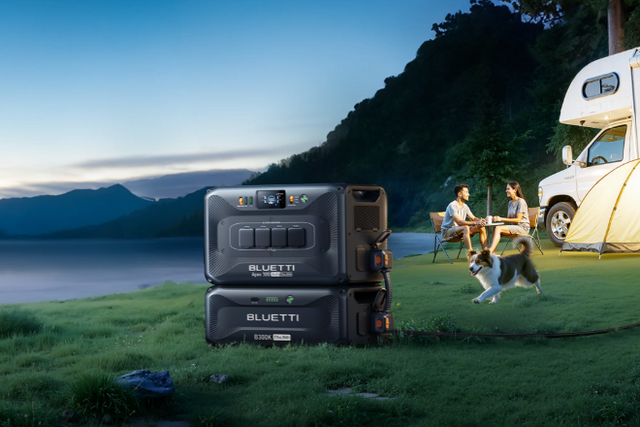Everything you need to know about electric accumulators for the home
The electric accumulator, also known as a battery, is a technology that has evolved since the early 19th century. Throughout its history, it has undergone significant changes and found a wide range of applications in a variety of fields, from lighting to modern electronic devices to renewable energy storage.
The invention of the first electric accumulator is attributed to the Italian physicist Alessandro Volta in 1800. The voltaic cell, as it was originally called, consisted of a series of stacked copper and zinc discs separated by a layer of paper soaked in salt water. When the ends of the battery were connected, an electrical current was generated. The Volta cell design was a significant improvement over previous batteries, which had used materials such as sulfuric acid and mercury, which were dangerous and expensive.
In the following years, various types of electricity accumulators were developed. In 1836, the English physicist John Frederick Daniell invented the Daniell battery, which used a copper sulfate solution instead of salt water, improving the efficiency and stability of the cell. In 1860, the Frenchman Gaston Planté developed the first rechargeable lead-acid battery, which is still used today in energy storage applications.
During the 20th century, there were significant advances in battery technology. In 1950, the Eveready company introduced the first commercially viable alkaline battery, which provided longer life and better performance than previous batteries. In 1971, the Intel company introduced the first microprocessor, ushering in the era of modern electronics and the rise of portable electronics.
Over the past few decades, battery technology has continued to advance, especially in relation to renewable energy storage. Lithium-ion batteries, for example, have become a popular choice for solar and wind energy storage, as they are more efficient and have a longer lifespan than lead-acid batteries.
How electric storage batteries work
To understand how electric storage batteries work, it is necessary to understand that electricity is produced by a constant flow of electrons through a conductor. The amount of electrical energy produced depends on the number of electrons flowing through the conductor at any given time.
An energy accumulator is made up of individual cells connected in series or in parallel. Each cell contains an anode, a cathode, and an electrolyte, just like an electric battery. During charging, the electrical energy generated by the generator system is used to force an electrical current into the energy store. This causes a chemical reaction that charges the ions on the electrodes and causes them to move through the electrolyte. During the discharge, electrical current flows in the opposite direction, releasing the energy stored in the ions.
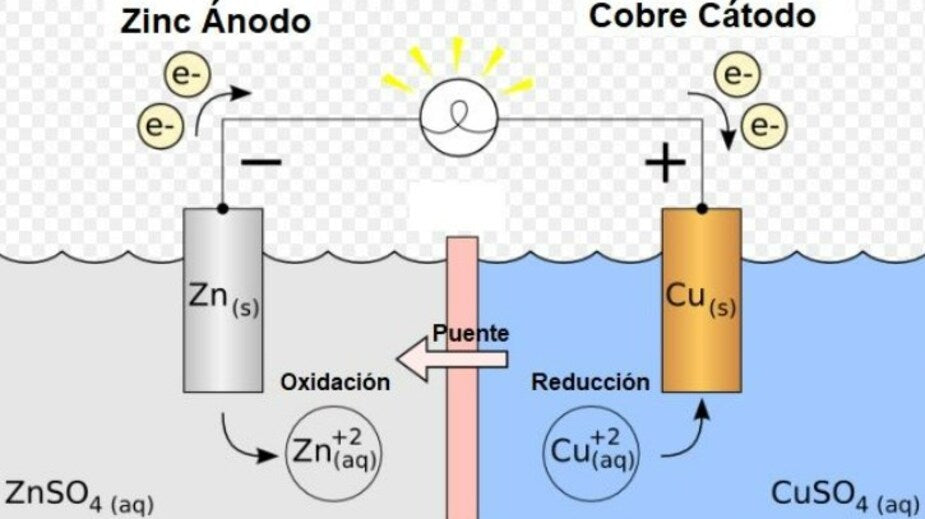
It is important to note that the energy storage capacity of a battery depends on its nominal capacity, which is measured in kilowatt-hours (kWh). The higher the nominal capacity of a battery, the more energy it can store and therefore the more energy is available for later use.
Electrical power can come from a renewable energy source, such as solar panels, or from the electrical grid. Once the battery has stored enough energy, it can release the electrical charge for use in household electrical devices.
Batteries are designed to be recharged over and over again. When used to power household electrical devices, electrical charge flows from the battery through an inverter, which converts the direct current stored in the battery into alternating current usable by electrical devices.
Advantages and disadvantages of electric accumulators for the home
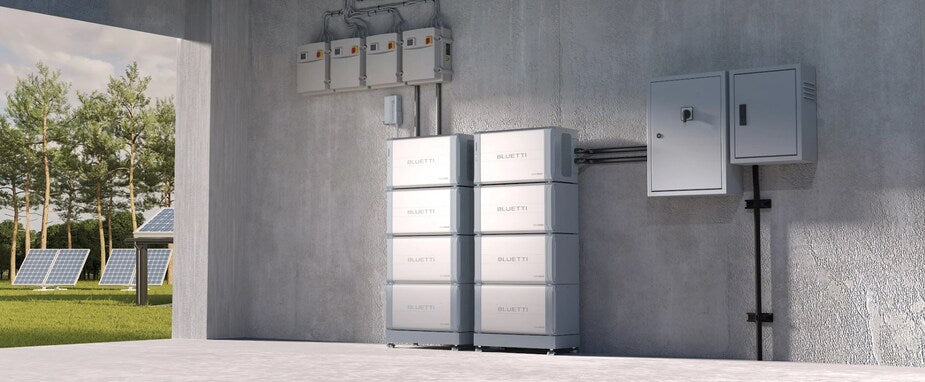
The advantages of electric accumulators for the home are many. Among them, we can highlight:
- Reducing the consumption of electrical energy from the network: With an electricity accumulator, energy can be stored during daylight hours when the solar panels generate more energy than the home needs, and use that stored energy in hours of less solar production or on cloudy days.
- Savings on the electricity bill: By reducing the consumption of electrical energy from the network, the electricity bill will also be reduced. In addition, if the electricity store is connected to solar panels, the electricity bill can be further reduced by generating and storing renewable energy for free.
- Reducing the carbon footprint of the home: By using renewable energy stored in the electricity accumulator, the amount of energy generated from fossil fuels is reduced and, therefore, the carbon footprint is reduced of home.
- Energy independence: With an electric accumulator, you can be less dependent on the electricity grid and have more control over energy consumption at home.
However, there are also some disadvantages in the use of electric accumulators for the home, such as:
- Installation and maintenance costs: Installing a storage battery in the home can be expensive, especially if solar panels are required to recharge the batteries. In addition, electric storage batteries also require regular maintenance to make sure they are working properly and to prolong the life of the batteries.
- Limitations on energy storage capacity: Energy storage in home electricity accumulators has limits. Therefore, if more energy is used than has been stored in the accumulator, the electrical network will have to be used to meet the additional energy needs.
- Space required for installation: Home storage batteries take up space, especially if additional batteries are needed to store more energy. Therefore, the space available in the home must be taken into account before deciding to install an electric storage tank.
Types of electricity accumulators available on the market

There are several types of electric storage batteries available on the market, each with its own characteristics and advantages. Below are the main types of home electricity accumulators:
- Lead-acid batteries: They are the most common batteries in energy storage systems, and also the most economical. However, they require regular maintenance and their lifespan is shorter than other types of batteries.
- Lithium-ion batteries: These batteries are lighter and more compact than lead-acid, and do not require regular maintenance. They also have a longer life, although they cost more than lead-acid batteries.
- Flow batteries: These are a promising alternative to lithium-ion batteries, as they have a longer lifespan and are better suited to storing large amounts of energy. However, their cost is higher than that of lithium-ion batteries and they are still less common on the market.
How much does it cost to install an electric accumulator in the home?
The cost of installing an electric storage in the home depends on several factors, such as the type and size of the electric storage, the energy storage capacity required, the need for solar panels to recharge the accumulator and the complexity of the installation.
In general, the installation costs of an electricity accumulator can range from several hundred to several thousand euros. It is important to consider that, although the installation of an electric accumulator can be expensive, in the long term it can generate significant savings in the electricity bill and in the reduction of the carbon footprint of the home.
Home storage batteries can provide a reliable and cost-effective solution for storing electrical energy in the home, reducing dependency on the electrical grid and making the most of renewable energy sources. Although there are some disadvantages and costs associated with their installation and maintenance, the advantages of storage batteries far outweigh these considerations.
If you are thinking of installing take into account the new range of BLUETTI EP600 batteries that are large accumulators of energy with sufficient capacity to power a home. Furthermore, thanks to its intelligent design, if we end up needing more batteries in our home because we are going to install more electrical appliances or give more uses to our electrical system, we can expand it thanks to its modular system.



